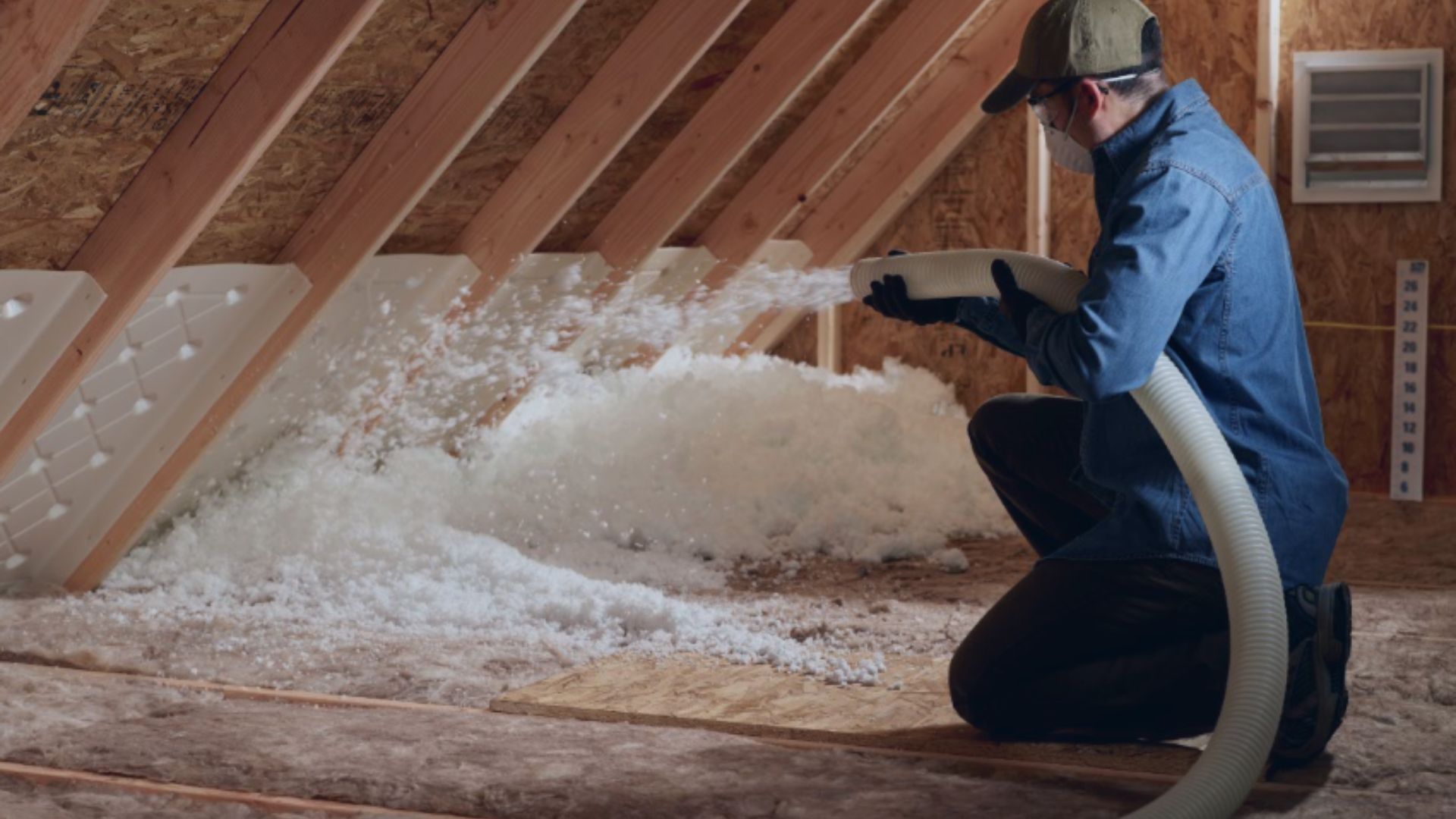When was the last time you thought about how much insulation is in your home, or why it’s there?
If you’re shaking your head, you’re not alone. Insulation isn’t something that homeowners spend much time contemplating. But there are times when it should be on your radar. Whether you recently purchased an older home or have lived in your house for many years, it might be possible to lower your energy bills with the help of insulation. Upgraded insulation could be part of a larger remodel/improvement project, or a simple solo upgrade to your home – but in either case, you’ll get big return on investment.
Let’s consider different areas of a home to insulate, why it’s important, and the best choices for each application. Plus, you can use our new insulation calculator to figure out exactly what you need for your home!
Attic
Insulation in the attic is extremely important, because a significant amount of heat is lost through the roof. Attic insulation works like a cap, trapping the heat inside. This increases comfort and efficiency, plus it serves as a protection against outdoor weather and temperatures.
Checking the amount of current insulation in an attic is simple. The average home needs up to 19 inches of fiberglass insulation for maximum energy efficiency. Additional insulation can be added. The type depends on whether the attic already has loose fill or batts and rolls.
If the attic is unfinished (or doesn’t have existing insulation), blown-in insulation like Johns Manville Attic Protector® or Climate Pro® is often less time-consuming than laying batts and rolls. It can be added on top of existing insulation to reach the desired R-value. Equipment can be rented from a local retailer for a DIY job, or insulation contractors can quickly install blown-in insulation in your attic.
Unfinished basement
It’s easy to overlook an unfinished basement, especially if it’s not regularly inhabited, but it’s an extremely important space to consider. An unfinished basement can account for as much as 25 percent of a home’s total heat loss. Plus, it can lead to moisture problems or mold.
Insulation in an unfinished basement can provide both thermal and sound control. JM Formaldehyde-free™ fiberglass insulation is a great solution, whether kraft faced or foil faced. Precut batts fit standard wall cavities.
Crawlspace
Another lower-level space to consider is the crawlspace of a home. Located below the ground floor of a building, proper insulation in a crawlspace helps protect the living space from outside changes in temperature, or from hot or cold air moving in through the bottom of the house.
The type and method of insulation depends on whether the crawlspace is vented or unvented. Vented crawlspaces open to the outside, while unvented crawlspaces are part of a basement (whether finished or unfinished).
The underfloor of a vented crawlspace should be insulated. Kraft-faced and unfaced insulation can all be used for this application. If kraft-faced insulation is used, it is generally installed with the facing against the subfloor. And in an unvented crawlspace, the perimeter walls should be insulated.
Garage
While a garage doesn’t have to be completely insulated, it’s important to remember how it might affect the rest of the house. If there is a living space above the garage, for example, it might experience bigger temperature fluctuations than the rest of the home if the garage is uninsulated. Likewise, walls between the house and garage can affect comfort in the home. If you spend extended periods of time in the garage, insulation might make for a more pleasant environment.
Insulate garage walls as you would other exterior walls, including a vapor retarder. Material cannot be left exposed in occupied spaces such as garage drywalls, so a fire protection layer is needed.
No matter what part of a home you’re considering insulation for, remember that there are tax credits for homeowners to help you recoup your investment more quickly. With the 25C Energy Efficient Home Improvement Credit, homeowners get tax credits for adding insulation to improve their home’s energy efficiency. Receive up to 30% of the cost of insulation materials installed, for a max of $1,200 each year. There’s no lifetime dollar limit, so you can install energy efficiency upgrades throughout the home year after year.

